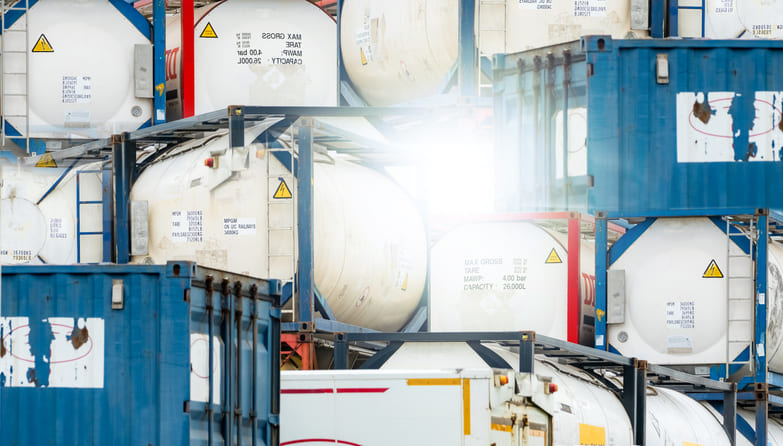What is the European Union Emissions Trading System?
On July 14th, as part of the Fit for 55 package, the European Commission published a legislative proposal for a revision of the European Union Emissions Trading System (EU ETS), to extend its application to maritime transport emissions.
Its purpose is to align the shipping sector with the target of a 55% reduction of European net greenhouse gas (GHG) emissions by 2030, compared to 1990 levels. Since 2005, the EU Emissions Trading System has helped decrease emissions from power and industry plants by 37%.
About the EU ETS for maritime transport
It begins January 1st, 2024 for the shipping sector, when maritime companies' emissions are required to be formally recorded.
This implementation requires annual reports of GHG emissions to be submitted by the shipping companies to verify compliance.
In 2024, the European Union Emissions Trading System covers CO2 emissions from maritime transport for all ships above 5000 gross tonnage. This therefore applies to all merchant vessels.
The system operates on a “cap and trade” concept, with a global GHG cap tolerance that decreases each year to align with the objective.
The cap is expressed in emission allowances, which shipping companies will have to surrender. One allowance «permits» the emission of one ton of CO2 .
The “trading” covers 100% of emissions from ships’ voyages between two ports of EU member states, and 50% of emissions between a port of an EU member state and a port outside EU jurisdiction.
40% of the emissions reported in 2024 will have to be covered by allowances, a share which increases to 70% of emissions in 2025, and to 100% from 2026 onwards.
Penalties will apply for non-compliance.
How does the European Union Emissions Trading System impact you?
The EU ETS for shipping will directly impact maritime companies because they must report their GHG emissions and comply with the decreasing emission cap.
Due to the EU ETS price of allowances (these days between 80 and 90 EUR per allowance, and likely to increase), the new regulation is an added cost for shipping companies, but also a strong incentive for them to reduce ships' GHG emissions by seriously investing into alternative energies or adjusting vessels speeds, as an example.
Ocean carriers have started to communicate on charges that will be levied on the respective routes, according to how they service these, and we are working with our partners to understand how this affects rates, and what charges will be eventually implemented, and we will continue to update you in the coming weeks.
What are the next steps?
As always, Hillebrand Gori will aim to provide 100% transparency when it comes to helping our customers face their logistics and decarbonization challenges. Since the new European Union Emissions Trading System regulation and reporting procedures will take place in a couple of months, we will communicate applicable surcharge levels per trade that will come into effect as of January 1st 2024, in the next few weeks.
Contact us with any questions or concerns regarding the new regulation and its impact on your businesses. We’re committed to working together towards a more sustainable future and will continue to keep our customers informed of any developments in this area.
Published 02nd January 2024
The EU ETS achieved an 11.4% decrease between 2019 and 2020, according to the European Environment Agency. This marks the most significant annual drop since its inception in 2005.
Companies that don’t follow EU ETS regulations will face financial penalties. Non-compliance with requirements can result in fines of €100 per missing allowance. This is equivalent to €100 per ton of carbon. Companies must also compensate for the shortfall in the subsequent year.
The new regulations apply to plane operators, as well as companies in the energy or manufacturing sectors operating in the EU, Iceland, Liechtenstein, Norway, and Northern Ireland (for electricity generation). Starting in 2024, the EU ETS expanded its scope to include emissions from maritime transport.
There are various strategies that companies can implement to reduce their emissions, such as optimizing transportation and supply chains. Companies can also invest in alternative energy sources and participate in carbon offsetting programs to compensate for their emissions.
How can we help your business grow?
-ebook-1---global-freight-forwarding/hil---cta-text-1---ebook-global-freight-forwarding-(1).png?sfvrsn=a2292c3e_3)
-ebook-1---global-freight-forwarding/hil---cta-post---yellow.jpg?sfvrsn=5e55bfc5_2)



